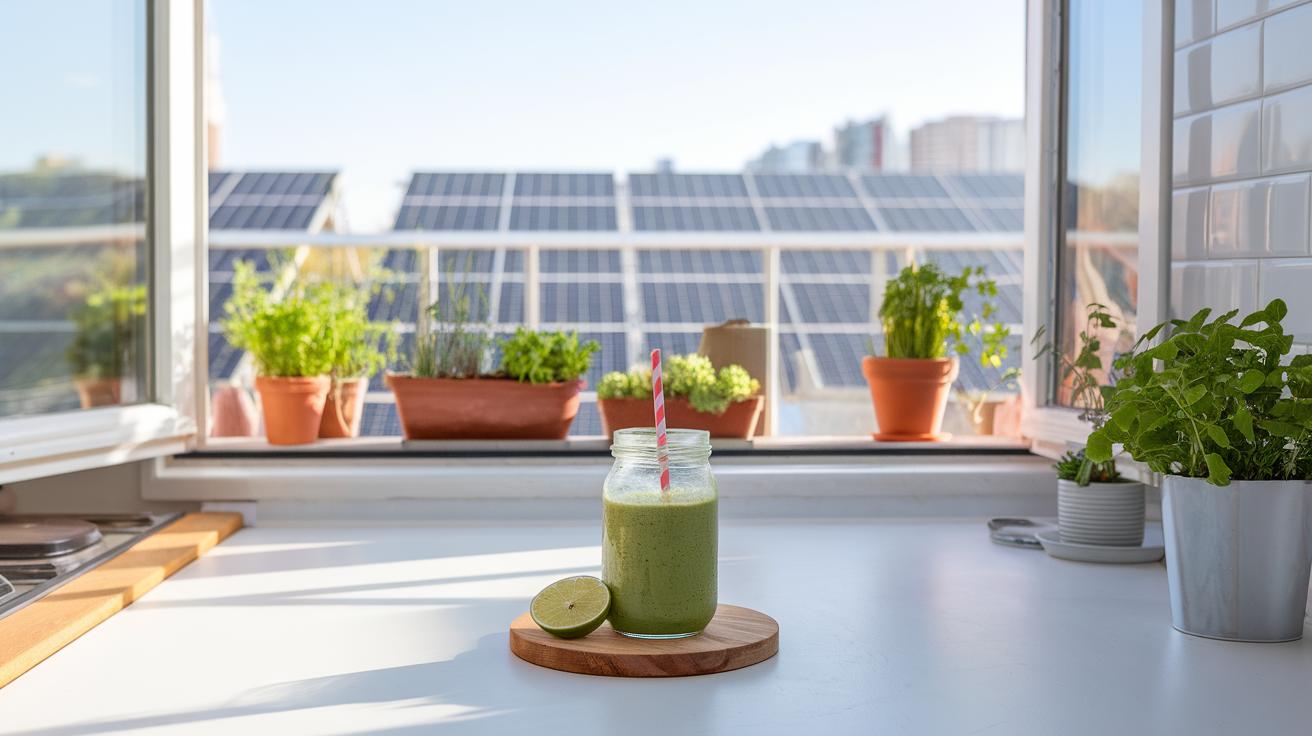Introduction
Small cottage homes offer an appealing alternative to large, conventional houses by focusing on comfort and functionality within a compact space. These homes bring a unique charm with their traditional styles and often occupy rural or semi-rural settings. Despite their modest size, cottage homes are designed to accommodate daily needs efficiently. You might wonder how such limited space can provide all essential living facilities without feeling cramped. The secret lies in smart architecture combined with creative space management strategies that maximize the utility of every square foot.
Understanding the principles behind small cottage home designs opens possibilities for better living with less space. The layout, furniture choices, and storage options contribute significantly to enhancing these homes. Whether you are looking to downsize, build a getaway home, or increase living space efficiency, exploring these creative solutions offers valuable insights. This article explains various aspects of small cottage homes and how to make the most out of them through innovative and practical designs.
Understanding the Charm of Cottage Homes
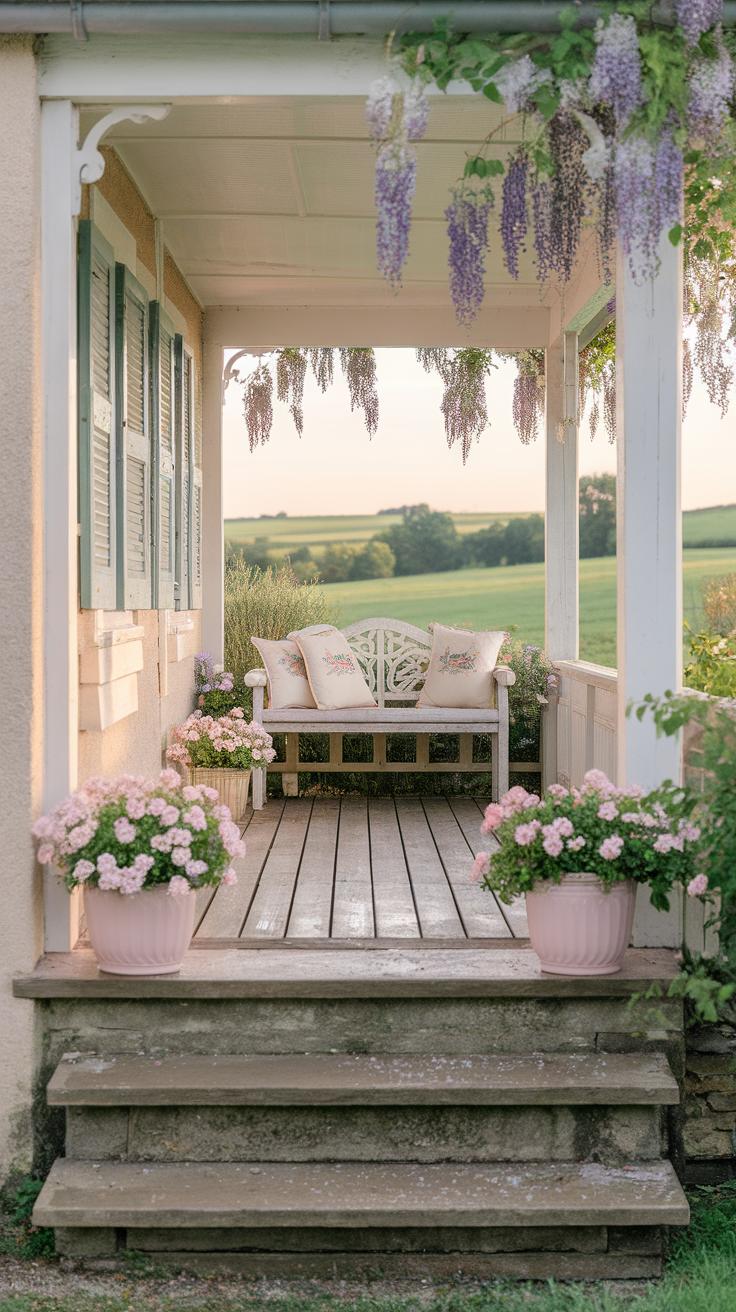
Cottage homes are small, cozy houses usually found in rural or semi-rural settings. They often feature simple, practical layouts designed to make the best use of limited space. Traditionally, cottages ranged from 600 to 1,200 square feet, focusing on open living areas with minimal wasted space.
Their design often reflects local building materials and crafts, giving each cottage a unique feel. These homes grew popular for their charm and comfort rather than size or luxury. Many people today choose cottage homes because they offer a manageable lifestyle and reduce maintenance tasks.
Compared to larger houses, cottages emphasize efficient living and connection to nature. They encourage you to prioritize what matters most within your space. Have you thought about how less square footage might actually simplify daily life? Cottage homes invite a lifestyle focused on comfort, functionality, and mindful living.
Historical Background of Cottage Homes
The roots of cottage homes trace back many centuries, where they served as modest dwellings for rural workers and families. In residential child care communities, cottages were adapted to create family-like environments for children. Instead of large, institutional buildings, smaller homes helped foster close relationships and a comfortable atmosphere.
This cottage model influenced community designs to include shared outdoor spaces and clusters of homes rather than one large facility. The layout promoted a sense of belonging and safety among residents. Over time, this approach grew beyond child care, becoming a popular model for small, community-based housing.
Understanding its origin highlights how cottage homes can support both private living and social connections. Would you consider a home designed for community as well as personal space?
Modern Appeal and Adaptations
Today’s cottage homes remain popular, especially among those seeking to downsize or live more efficiently. Their compact size reduces energy use and limits upkeep. Many homeowners appreciate how cottages fit their modern lifestyle without sacrificing charm.
Architectural changes keep cottages relevant, such as open floor plans, larger windows for natural light, and multi-functional spaces. These updates respect traditional styles but add convenience. For example, integrating smart storage solutions can maximize usable space without changing the home’s feel.
The blend of classic design and modern needs makes cottages attractive for small families, retirees, or anyone wanting a simpler home. How could your lifestyle benefit from this balance of tradition and innovation?
Key Features of Small Cottage Home Architecture
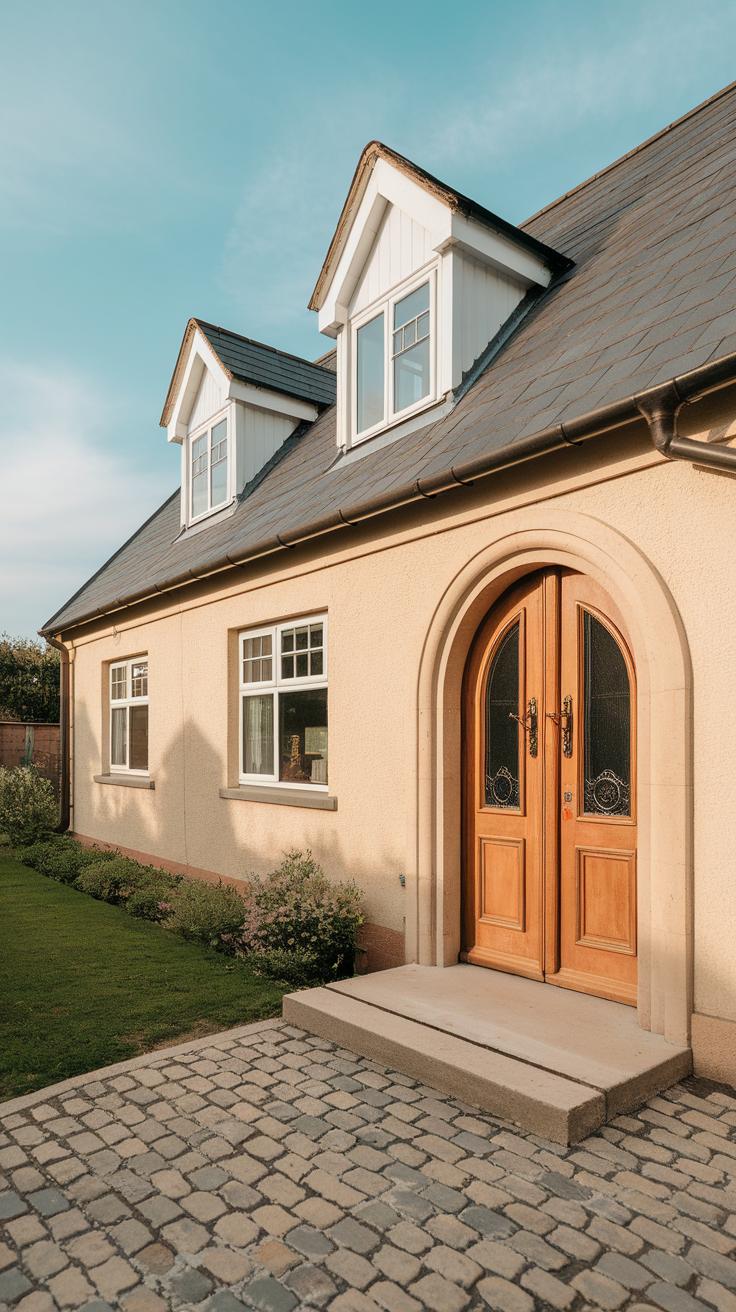
Steep roofs often define the silhouette of small cottage homes. These roofs not only add character but also help channel rain and snow away from the walls. Central chimneys serve as a practical way to warm the entire house efficiently. They allow heat to spread evenly, reducing the need for multiple heating sources. Symmetry in design creates balance and makes the limited space feel orderly and comfortable.
Materials typically reflect the cottage’s natural setting. Wood, stone, and shingles blend the home with trees, fields, or gardens. This approach supports ventilation by allowing the house to “breathe,” which can prevent moisture buildup. Efficient heating comes from how these elements work together—thick walls with proper insulation keep warmth inside. Have you thought about how your home’s shape and materials affect your energy use?
Roof and Structural Design
Steep roofs serve a clear purpose beyond style. They quickly shed rain and snow, reducing stress on the home’s structure. In areas with heavy winter weather, this design lowers the risk of water leaks and roof damage. Structurally, steep roofs allow more attic space, which you can turn into storage or a loft.
This roof shape also influences the home’s proportions. It often makes the cottage look taller without increasing its footprint. You get more usable space inside while keeping the outside compact. When planning your cottage, consider how climate affects roof choice. Could a steep roof protect your home in harsh weather?
Material Choices and Exterior Style
Wood remains a staple for cottage exteriors. Clapboard siding and wooden shingles offer a timeless look while standing up to the elements. Wood gives natural warmth in appearance and helps regulate temperature. Stone or brick chimneys deliver durability and thermal mass, which holds heat longer.
Cost and upkeep play roles in material selection. Wood requires regular maintenance but is often cheaper than stone or brick. Modern sealants extend wood’s life and resist pests. Choosing materials that match your surroundings helps the cottage feel part of the landscape. Does your preferred material balance your budget and your desire for an authentic look?
Principles of Efficient Space Use in Small Homes
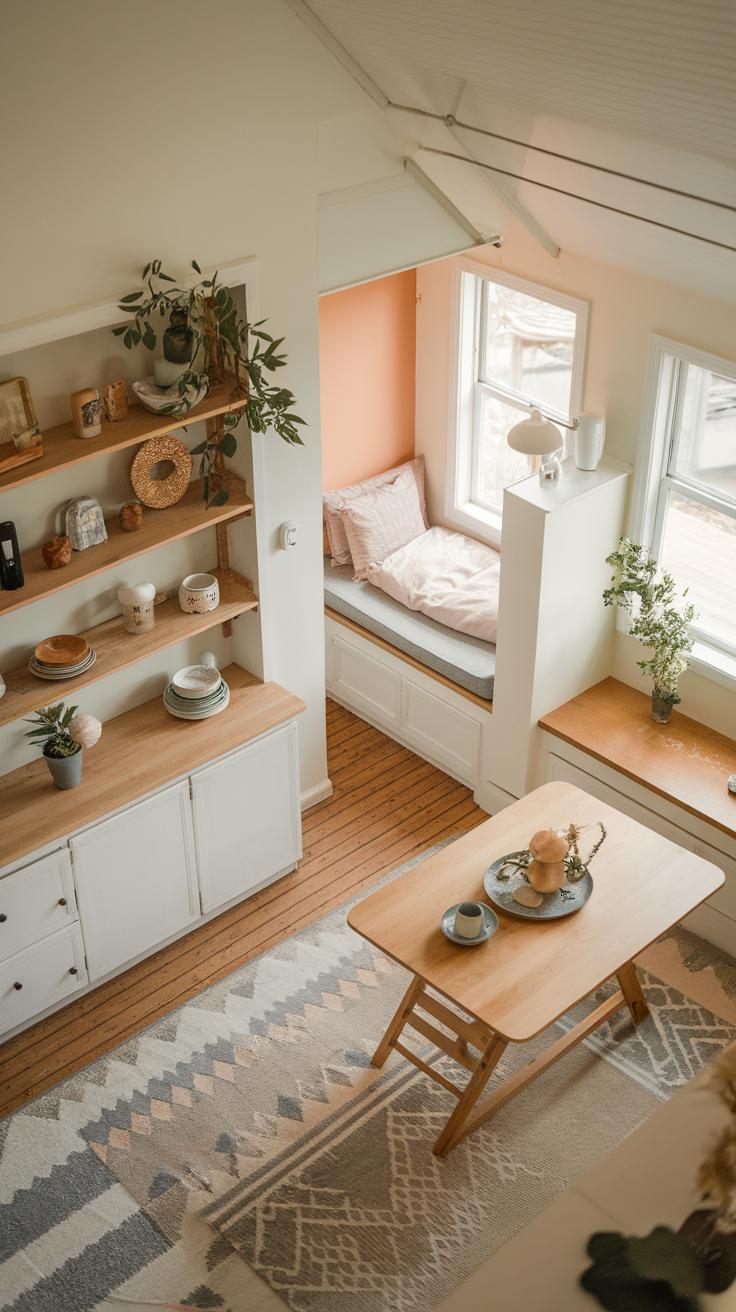
Small cottage homes demand smart strategies to stretch every inch of space. Careful layout planning ensures that rooms serve more than one purpose without feeling cramped. Using vertical space transforms walls into storage, freeing the floor for living. Furniture designed for multiple functions can replace bulky items and cut down on clutter. For example, a bench with built-in storage offers seating and a place to tuck away household items.
When spaces are multi-use, you live better. The kitchen might also be a dining area or workspace. Shelves installed high on walls can store things you don’t use daily but still need handy. Folding or expandable furniture adjusts to your needs, creating room when you want it and tucking away when you don’t. How can you rethink your own space to do more without adding more stuff?
Layout Planning and Room Usage
Floor plans that allow a single space to handle many activities improve flow and save space. Imagine a living room that shifts from a daytime lounge to a guest bedroom at night with a fold-out sofa. Creating smooth transitions between rooms avoids awkward dead zones that waste space.
Open layouts often work well in small cottages. Combining kitchen, dining, and living spaces lets light travel freely and makes the home feel larger. Zones can be defined with rugs or lighting instead of walls. Think about how you move through your home. Does your layout support the way you live, or does it create barriers?
Storage and Multipurpose Furniture
Hidden storage spots prevent clutter without sacrificing style. Think under-bed drawers, stools with hollow centers for storage, or window seats that open. Vertical storage like tall cabinets or wall-mounted shelves keeps items off floors and counters.
Multipurpose furniture saves space and adds flexibility. A dining table with shelves underneath stores cookbooks or tableware. Coffee tables with lift-up tops reveal hidden compartments perfect for remote controls or magazines. Choosing pieces that serve more than one role lets you keep essentials close while maintaining open living areas.
Creative Interior Design Ideas for Small Cottage Homes

Using light colors on walls and ceilings makes your small cottage feel more open. Shades like soft whites, pale blues, or creamy beiges reflect light and reduce shadows. This simple move can brighten every corner and create a sense of airiness.
Natural light works well with light hues to enhance space. Arrange your furniture to keep windows clear and let sunlight flow freely inside. Consider sheer curtains that add privacy without blocking daylight. Bright rooms instantly feel larger.
Mirrors are your best tool for boosting spatial perception. Placing a mirror opposite a window doubles the natural light and extends your view visually. Try full-length or oversized mirrors to create an illusion of depth.
How could you reposition items to welcome more daylight into your living area? What surfaces could you paint lighter to open up your rooms?
Color and Light to Expand Space
Light shades serve as a backdrop that makes rooms feel bigger. When you pick pale colors, they bounce natural light better and soften boundaries between walls and ceilings. This creates a continuous feel rather than breaking up space.
Windows play a crucial role by bringing the outside in. Maximize sunlight by keeping window areas clear. Use reflective materials near sources of light for an extra space boost.
Mirrors add a sense of dimension without taking up space. Positioning them cleverly increases light and depth perception. For example, a mirror behind a dining area expands its visual footprint.
Furniture and Decoration Choices
Select furniture that fits your home’s scale but also offers storage or multi-use functions. A small loveseat that includes storage inside or nesting tables that tuck away when unused saves precious room.
Keep decorations few but meaningful. Choose art or objects that serve a purpose, like a clock or a stylish basket for cables. Overcrowding walls or surfaces makes your space feel cramped.
Ask yourself, does this piece add comfort or utility? If it doesn’t offer either, consider removing it.
Minimalism with intention helps you maintain style and comfort. Simple forms, clean lines, and a restrained color palette make your cottage remain pleasant and practical.
Incorporating Outdoor Living Spaces
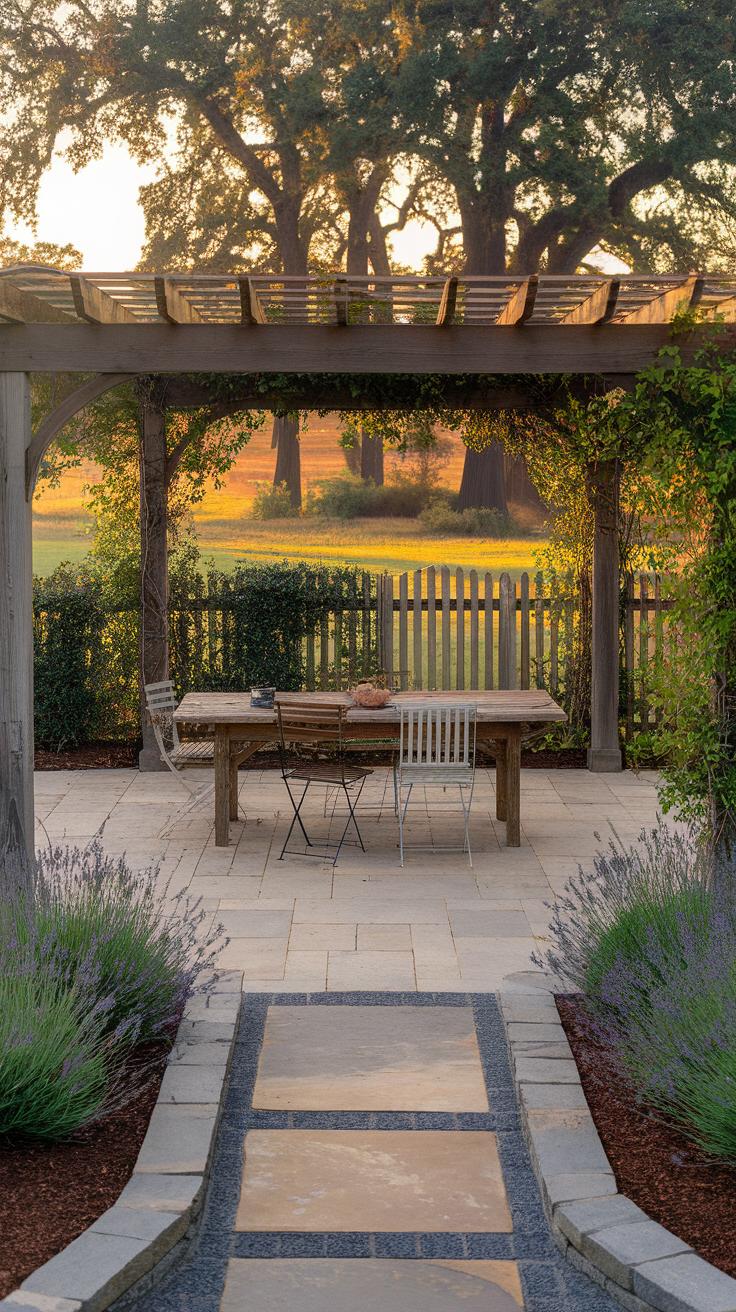
Small cottage homes often struggle with limited indoor space, but extending your living area outdoors can solve this challenge. Adding porches, patios, and gardens creates new zones for living, relaxing, and even working. These outdoor areas provide fresh air and natural light, offering a sense of openness without expanding your home’s footprint.
Porches can serve as quiet reading spots or social gathering places. Patios make ideal dining areas during warm months, freeing up room inside. Gardens offer visual appeal and can support practical uses like growing herbs or vegetables.
Outdoor spaces also improve storage options. A covered porch can house bikes, firewood, or gardening tools. Asking yourself how you want to use your cottage beyond its walls helps in designing an outdoor space that fits your lifestyle and maximizes every inch available.
Designing Functional Porches and Patios
When designing porches and patios for a small cottage, size and access matter most. Keeping the scale proportional to your home prevents overwhelming the space. A porch that is too large may feel disconnected, while a small, well-proportioned one invites frequent use.
Position patios near doors or large windows to create easy flow between inside and outside. Sliding doors or French doors work well to connect these spaces. Think about covering the porch to protect from rain or sun, so it can be used year-round.
Choose furniture that fits the area—folding tables and stackable chairs save room when not in use. You might also consider built-in seating or storage benches for dual functions. How could your porch or patio add value to both daily routines and special occasions?
Gardens and Green Spaces
Gardens increase the charm and practicality of small cottages without taking up much space. Container plants let you cultivate flowers, herbs, or veggies almost anywhere—a porch corner, patio edge, or windowsill. Vertical gardens add greenery without sacrificing floor area.
Plants improve air quality and uplift your mood. Even a few pots of fragrant herbs near the kitchen door make cooking more enjoyable. Compact raised beds or planter boxes can fit limited spaces while providing fresh produce.
Think about selecting low-maintenance plants suited to your climate to keep care simple. How can plants become part of your cottage’s daily rhythm, enhancing both beauty and function? Small green spaces encourage you to step outside and realize the full potential of your home’s surroundings.
Energy Efficiency in Small Cottage Homes
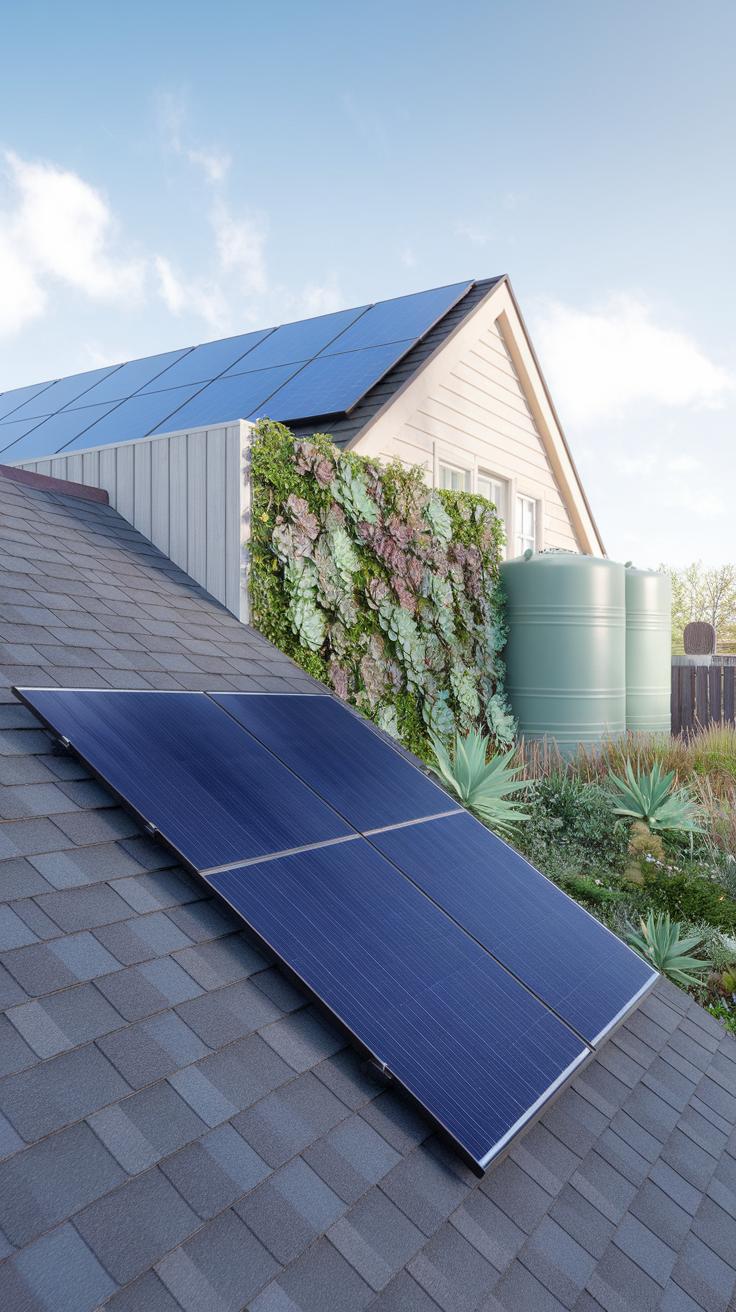
Small cottage homes benefit greatly from energy-efficient design. Efficient insulation keeps your home warm in winter and cool in summer, cutting down on heating and cooling costs. Thoughtful placement of windows can maximize natural light and heat, reducing the need for artificial lighting and warming.
Heating solutions that fit cottage styles include traditional fireplaces or pellet stoves, which provide cozy heat without wasting energy. Modern options like electric radiant heaters offer targeted warmth for specific rooms, avoiding overheating unused spaces.
Using sustainable materials in your cottage impacts energy use positively. Materials with natural insulating properties maintain indoor temperature more effectively, lowering energy consumption. By focusing on design that reduces energy needs, you protect the environment while saving money. How might applying these strategies change your small home experience?
Insulation and Heating Techniques
Walls and roofs need proper insulation to keep small cottages comfortable year-round. Materials like spray foam or rigid foam boards fit well in compact spaces and seal gaps where heat escapes. Reflective roof barriers can reduce heat loss during cold months and block heat in warmer seasons.
Localized heating works better than heating an entire cottage at once. Fireplaces offer a charming, energy-saving option, especially in living rooms and bedrooms. Modern pellet stoves burn clean and store fuel efficiently. If you prefer electric options, underfloor heating or wall-mounted radiant panels allow precise, room-by-room temperature control, saving energy and maintaining comfort.
Sustainable Building Materials
Cotton insulation, recycled wood, and bamboo flooring help reduce your cottage’s environmental footprint. These materials have good insulating qualities and come from renewable or recycled sources, lowering energy needed to heat and cool your home.
Straw bale walls provide thick insulation and a natural aesthetic ideal for cottages. Using reclaimed wood for framing or interior finishes saves trees and adds character. Cork flooring also insulates well while being soft underfoot and eco-friendly.
Would switching to these sustainable materials inspire you to build or renovate a cottage that respects both nature and your energy budget?
Maximizing Functionality with Multipurpose Rooms
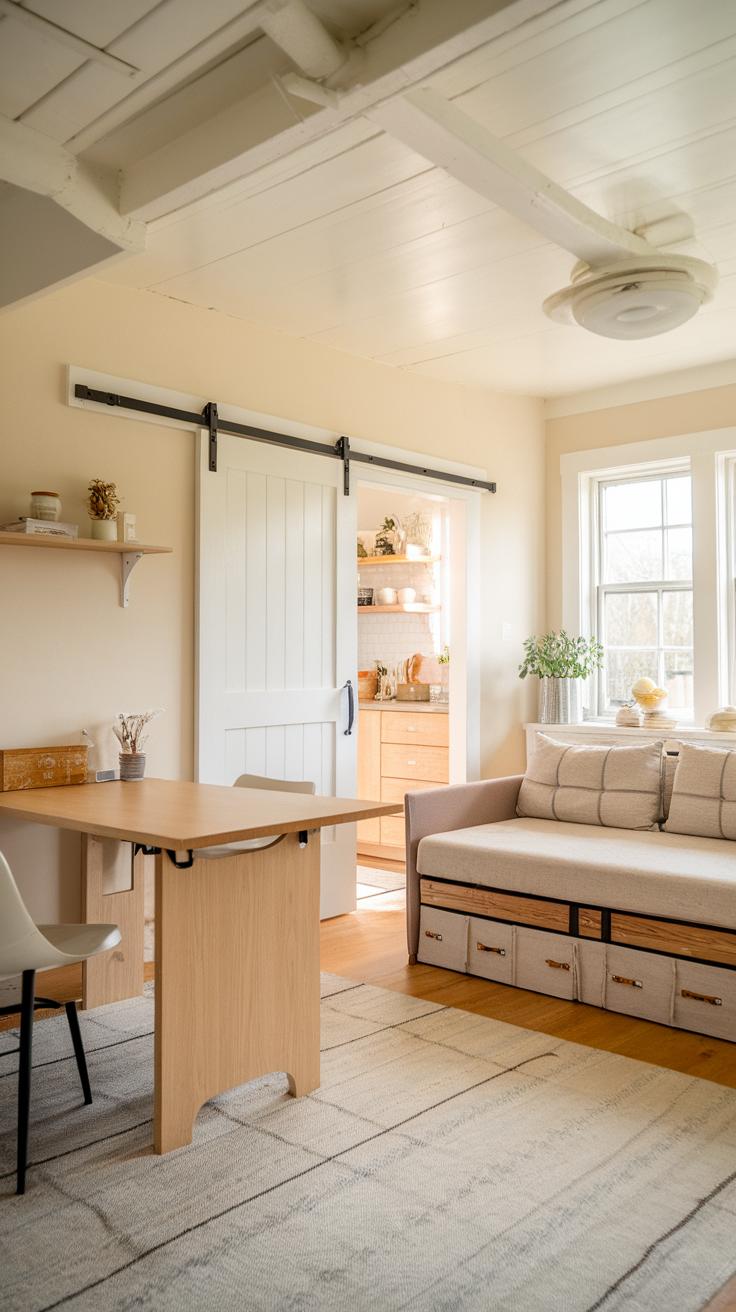
Small cottage homes rely on rooms serving multiple purposes to save space and boost practicality. A dining area might also act as a home office, allowing you to shift from meals to work without needing extra rooms. Think about a guest bedroom that stores seasonal items during the week and transforms into a cozy sleeping spot when visitors arrive. This flexible use of space lets every square foot accomplish more.
When you design for dual functions, the home feels larger without expanding its footprint. Can an area for one task easily become a spot for another? You can rearrange furniture quickly or use room dividers for privacy. This approach prevents wasted space and adapts your cottage to daily needs and unexpected situations.
Designing Flexible Living Areas
Rooms that slide between roles are key to small cottage living. A living room can double as an exercise zone if you store equipment in a cabinet. Kitchens can include tables that pull out or fold down, working for prep, eating, or projects. Using sliding doors or curtains lets you open or close off spaces as needed.
Try rotating furniture or selecting pieces on wheels for easy change. Even a nook can switch from cozy reading to a homework station. Ask yourself what daily activities could share space. Flexible design helps your cottage adapt without clutter or chaos.
Furniture Supporting Room Flexibility
Furniture that transforms easily makes multipurpose rooms practical. Fold-out tables work for meals and work desks. Sofa beds turn a lounge into a bedroom in minutes. Storage ottomans supply seating, hold blankets, and hide clutter.
Look for lightweight chairs that stack or tuck away. Wall-mounted desks save floor space and swing down when needed. Modular shelving can divide rooms or hold items for different uses. With the right furniture, switching your room’s role becomes simple and fast.
Smart Storage Solutions for Small Spaces
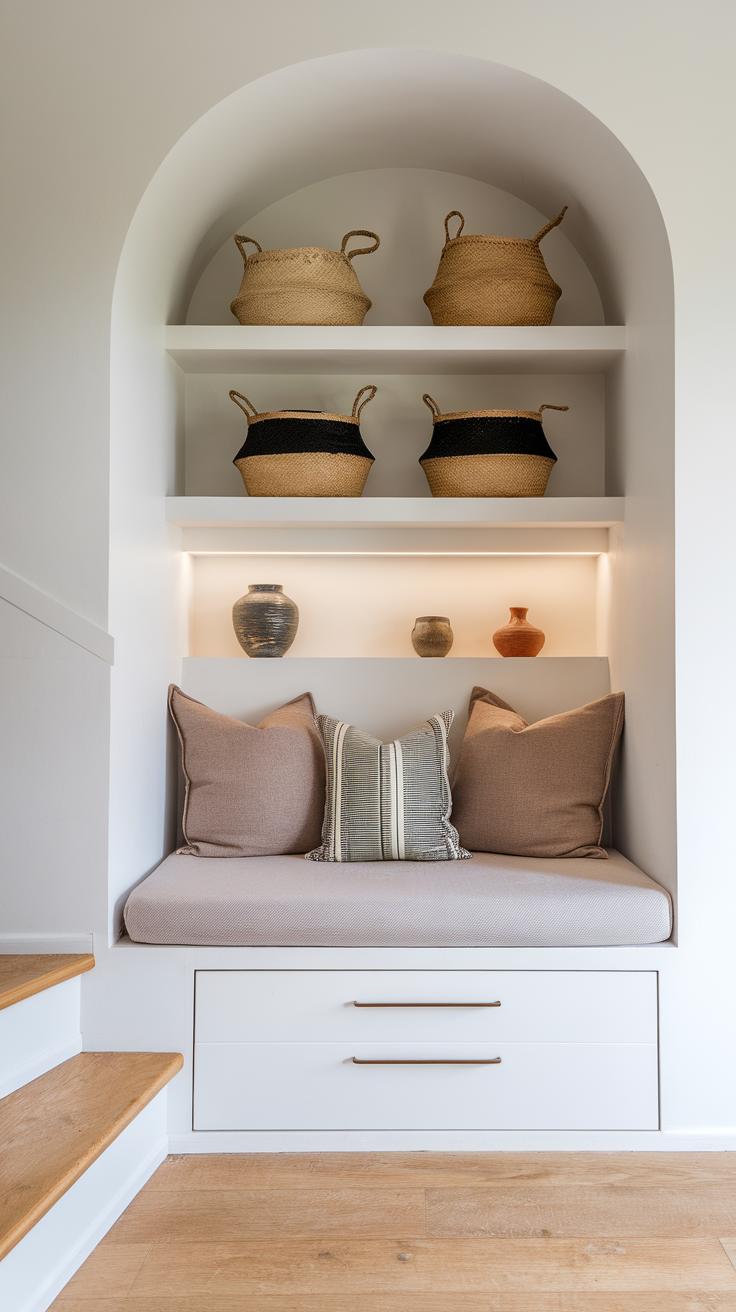
Small cottages demand smart storage choices that fit every inch without crowding the space. Built-in shelves blend into walls, giving you room for books, kitchenware, or décor while keeping floors clear. Under-stair storage works well when stairs lead to a loft or second floor. Drawers or cabinets tucked beneath stairs create spots to hide shoes, cleaning tools, or seasonal items out of sight but within reach. Walls can hold hooks, floating shelves, or pegboards that keep everyday items handy without using floor space. Asking yourself where clutter gathers most helps to target storage exactly where you need it. Keeping belongings organized in these creative ways stops small cottages from feeling cramped, making the most of every square foot.
Built-in and Hidden Storage
Built-in storage fits perfectly into your cottage’s layout, making storage space part of the structure rather than an add-on. Cabinets built under windows or bench seating hide items like linens or games while doubling as places to sit. Narrow shelves tucked into wall recesses store books or jars without taking extra room. You can also create closets behind doors or inside unused corners. Choosing doors that blend with walls helps keep storage invisible, maintaining a clean look in a cozy home. Think about what you use most often and build shelves nearby so you don’t have to search to find what you need. These subtle storage options keep your cottage feeling open and tidy.
Use of Loft and Vertical Areas
Lofts open up living space by freeing the floor from beds or work areas. Using vertical height means you can store or sleep above while using the area below for daily activities. Shelving that climbs walls takes advantage of vertical space without blocking light or movement. Hooks or racks on walls and ceilings can hold bicycles, pots, or tools out of the way. Loft storage often becomes a dedicated zone for rarely used belongings, keeping the main rooms clearer. When designing a loft, ask yourself how tall you need that space to be for comfort and storage. Using vertical space creatively is a smart way to keep your cottage organized without shrinking your living area.
Choosing the Right Furniture for Small Cottage Homes
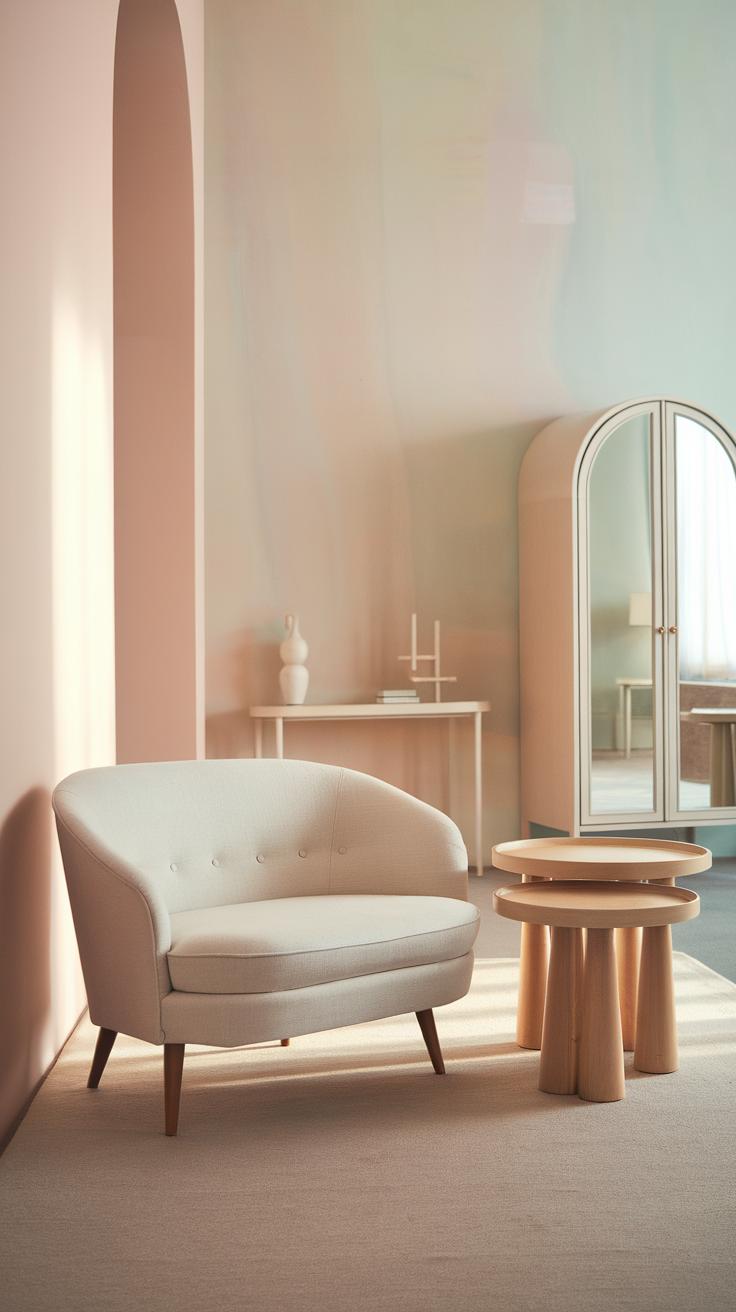
Selecting furniture for a small cottage means focusing on pieces that fit the space without crowding it. Start by measuring the room carefully to understand what size works best. Choose furniture with simple, clean lines to keep the room from feeling busy or cramped. Light-colored materials often make spaces look larger and airier.
Prioritize comfort in spots where you spend the most time, like the sofa or bed. You don’t want to sacrifice rest for size here. For less-used areas, compact pieces that tuck away easily work well. Think about how each piece serves your daily life. Can you combine functions? This way, your furniture supports both comfort and efficiency.
Wood and natural fabrics create warmth without bulk. Avoid oversized, heavy furniture that dwarfs the space. Instead, aim for items that balance style and practicality. How can your furniture make daily living easier while fitting your cottage’s charm?
Balancing Comfort and Size
Finding furniture that is both comfortable and sized right requires careful choice. Sofas or chairs with slim arms and lower profiles take up less visual space but still offer support. Firm cushions prevent sinking too deeply, which helps keep posture and comfort in check.
Use rugs and pillows to add softness and warmth without needing big, bulky pieces. In bedrooms, consider a bed with built-in drawers to reduce the need for extra storage furniture. Place larger, softer pieces where you relax most and opt for smaller, streamlined tables or chairs in passages or narrow rooms.
Does your furniture invite you to unwind without overpowering the room? You can achieve this by mixing cozy materials with compact dimensions carefully tailored to your cottage’s scale.
Multifunctional and Space-saving Furniture
Furniture that serves more than one purpose is a true asset in a small cottage. Fold-out beds transform living rooms into guest spaces quickly. Tables with extendable leaves offer extra dining space without constant bulk. Ottomans with hidden storage hold blankets or books while supporting your feet.
Look for desks that fold flat against the wall to free floor space when not in use. Bench seating with storage under the lid keeps things tidy and offers extra places to sit. Choose lightweight pieces that can easily move or be rearranged to open pathways or create new zones.
Which multifunctional furniture fits your daily habits and space? Choosing smart pieces keeps your cottage adaptable and uncluttered while maximizing every inch.
Planning Your Own Small Cottage Home
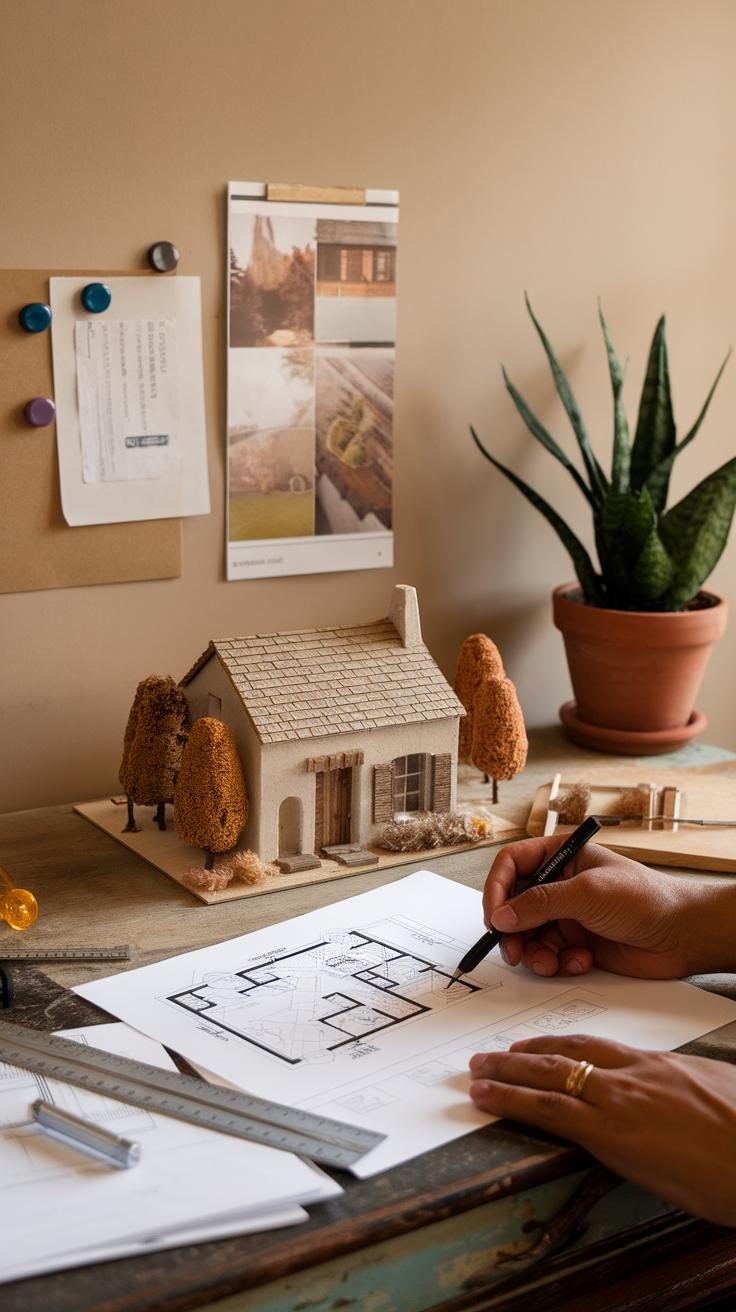
Planning a small cottage home means making every inch count. Start by asking what you really need. How many rooms will you use daily? Will you work from home and need a quiet space? Do you entertain often or prefer a cozy retreat? Knowing these helps avoid wasting space on things you don’t need.
Think about storage. Where will you keep seasonal clothing, sports equipment, or extra kitchen items? Could built-in shelves or under-stair storage work for you? Consider your lifestyle—are you more indoors or outdoors? This affects what rooms you prioritize.
When choosing or designing, test the flow. Imagine moving through the rooms. Is there enough space to open doors or walk comfortably without bumping into furniture? Measure carefully and remember, open floor plans often make spaces feel larger.
Assessing Your Needs and Lifestyle
Begin by listing your daily activities. What tasks do you perform at home? Cooking, relaxing, hobbies, or hosting? Do you need a separate bedroom or is a flexible space enough? Decide how much storage you really use; think about closets, cabinets, and open shelving.
Ask yourself what you can live without. Is a formal dining room essential, or could a compact table near the kitchen do? Will guests stay often enough to require extra sleeping space? Identifying must-haves versus nice-to-haves guides your design choices.
Reflect on your schedule and habits. Do you spend most time inside or outside? Will you cook every meal or eat out often? This shapes which rooms get more attention. Prioritize functional spaces that support your lifestyle instead of adding unused rooms.
Applying Design Principles in Practice
Use vertical space by adding shelves or hooks on walls to free floor area. Incorporate multi-use furniture pieces like a bench with storage or a fold-down desk. Keep pathways clear to improve movement and make the home feel open.
Choose light colors and natural light sources to enhance the sense of space. Large windows and skylights brighten compact rooms. Use furniture that matches your space’s scale. Oversized pieces can crowd; smaller scale items keep rooms open.
Integrate simple architectural elements like lofts, nooks, or built-in benches. For example, a sleeping loft frees up living space below. Custom built-ins maximize corners and odd spaces. Think creatively about every surface and nook to stretch your square footage.
Conclusions
Small cottage homes can provide comfortable and efficient living spaces by applying thoughtful design principles that utilize every inch of space smartly. You don’t need a large house to live well; what counts is making the space you have work for you. Along with traditional charm, modern cottage homes benefit from advancements in architecture and interior design that focus on utility without sacrificing aesthetics.
Moving forward with small cottage homes encourages mindful living and sustainability. These homes can be perfect for individuals or families seeking simplicity and practicality. By focusing on space maximization techniques such as clever storage, multipurpose furniture, and smart layouts, you can create a home environment that feels spacious and organized. Small cottage homes prove that size does not limit comfort or functionality but instead invites creativity and resourcefulness.










